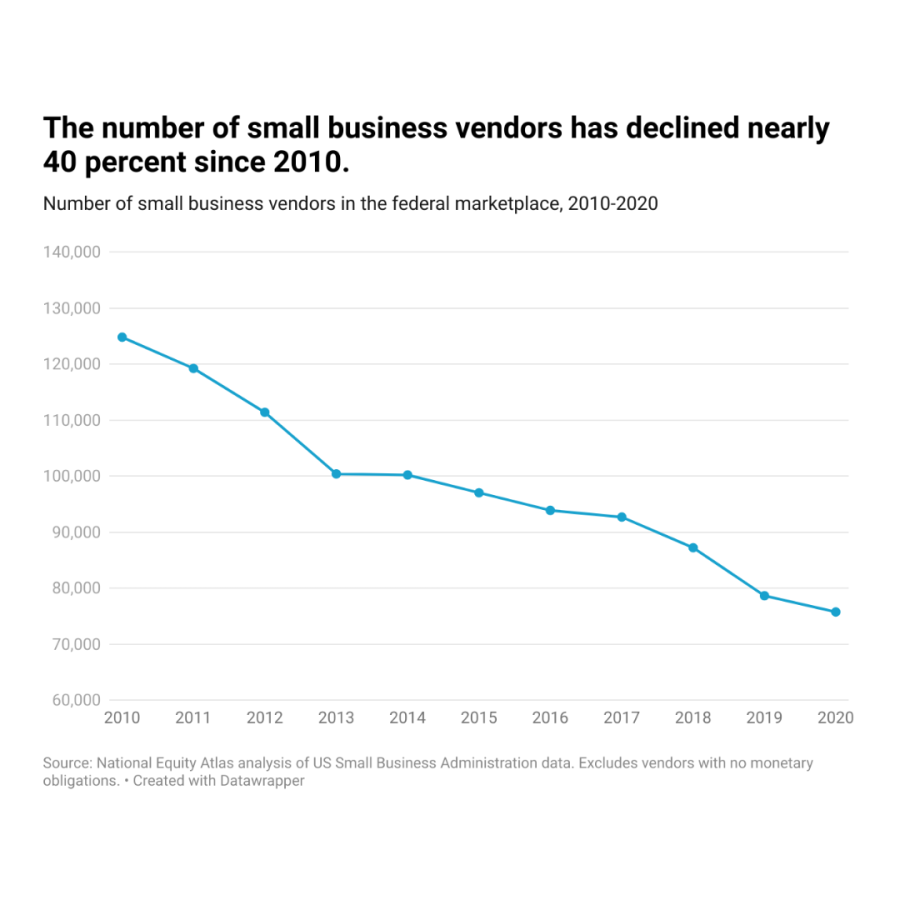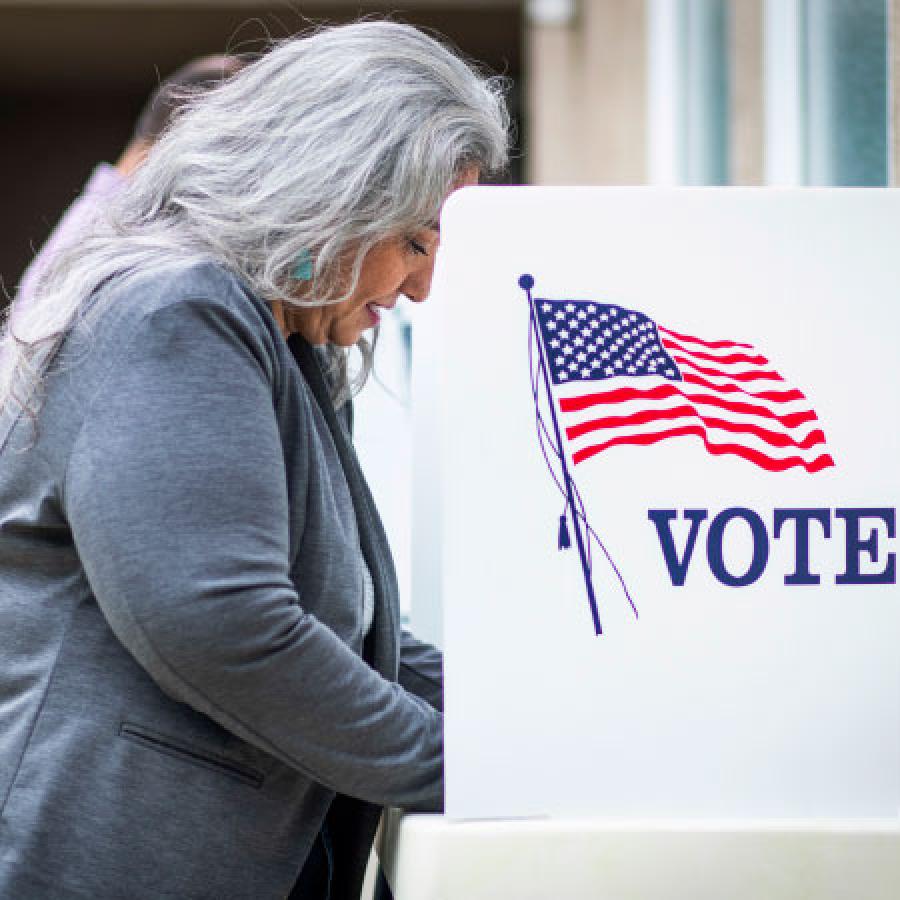Stabilizing Renters Is Key to Equitable Recovery: Preventing Eviction and Indebtedness in the Bay Area
Our analysis finds that nearly 137,500 households in the Bay Area are behind on rent and facing rent debt. These households are overwhelmingly low-wage workers of color who’ve suffered job and income losses during the pandemic.
By Jamila Henderson and Michelle Huang
The onset of the Covid-19 pandemic saw an unprecedented spike in unemployment in the Bay Area and across the country. While some people have returned to work, unemployment remains higher than pre-pandemic levels, and the economic burden of unemployment and lost wages continues to weigh on many families and their ability to pay rent and other necessities.
Without expanding and strengthening unemployment insurance benefits, eviction moratoriums, and renter protections, there will be a wave of households losing their homes in the second year of the pandemic. This analysis sheds light on the magnitude of this risk by estimating the number of Bay Area renter households that are behind on their rent and reporting on the estimated amount of rent debt these households could face. We estimate the share of households behind on rent using the Census Household Pulse Survey and estimate rent debt using data from the American Community Survey on household rent. Estimates are available for the nine-county Bay Area region and the individual nine counties. See the accompanying fact sheet and methodology.
Nearly 137,500 Households at Risk of Eviction and Indebtedness
We estimate that 137,500 Bay Area households (about 11 percent of renter households) are behind on rent and at risk of eviction and indebtedness absent strong worker and renter protections. In addition to the devastating impact on the financial and physical security of these households, evictions and housing instability could deepen the public health crisis of Covid-19 by raising unnecessary exposure to the virus.
Overall, these renters owe about $488.3 million in renter debt, an average of nearly $3,600 per household behind on rent. A larger share (21 percent) of households earning less than $50,000 per year are behind on rent, meaning an estimated 86,600 low-income households are at risk of eviction and indebtedness. Rent debt for low-income households is estimated at $256.4 million, or approximately $3,000 per low-income household behind on rent.
In the Bay Area, Average Rent Debt Per Household Is Highest in San Mateo County, at More Than $4,400
Average rent debt for Bay Area households behind on rent (nearly $3,600) is comparable to the region’s median market rent before the pandemic ($3,500). By county, estimated rent debt per household is highest in San Mateo County ($4,400) where rents are relatively high. San Francisco surprisingly ranks last ($2,900 per household in rent debt), even though it is the most expensive rental housing market in the country. San Francisco experienced a recent “exodus” during the pandemic and economic downtown, and with it, a sharp decline in rents. It’s still unaffordable for many renters however, especially those who have lost jobs or income during the pandemic. San Francisco’s rental housing market is also likely to bounce back as conditions improve.
People of Color, and Low-Income Renters are Disproportionately Impacted by the Recession and More Likely to be Behind on Rent
Renters facing rent debt are overwhelmingly low-wage workers of color who’ve suffered job and income losses during the pandemic. Eight in 10 Bay Area renters who are behind on rent earn less than $75,000 per year, and nearly 90 percent are people of color. These largely low-income renters of color have faced significant financial hardships during the pandemic: More than half are currently unemployed and eight in 10 have lost employment income.
Expanding Protections for Vulnerable Renters
The region’s unemployment rate reached its highest level of the year at 13 percent in April 2020. By comparison, the peak unemployment rate in 2019 was only three percent. And the unemployment rate does not account for workers—predominantly women of color—who left their jobs to take care of their children or elderly parents. Since January 2020, more than 100,000 workers have dropped out of the labor force and are no longer included in the official unemployment numbers. The federal CARES Act provided expanded unemployment benefits that have been critical to workers who lost their jobs or hours due to the pandemic, however these benefits are set to expire March 14, 2021. Meanwhile, many displaced workers ineligible for unemployment insurance coverage, including undocumented and informal workers, have been struggling to pay rent for nearly the past year.
On the eviction protection side of things, California has an eviction moratorium that is stronger than the federal moratorium, and the governor recently extended California’s eviction moratorium through June 2021. California also passed the COVID-19 Tenant Relief Act with the passage of SB 91 which provides rental assistance to eligible tenants and landlords. Although these funds intend to provide relief for lower-income tenants unable to pay their full rent due to a Covid-19 related hardship, the decision to accept these funds rests with landlords. The aid would cover 80 percent of a tenant’s rent debt and landlords would need to forgive the rest. Tenants whose landlords reject funds could still apply for rental assistance, but it would only cover up to 25 percent of rent debt. Beginning August 1, 2021, landlords can start eviction proceedings to recover COVID-19-related rent debt accrued since the start of the pandemic.
Mass Eviction Would Devastate Families and Communities, Contributing to Rising Homelessness
Eviction is financially and emotionally devastating to families. It can cause serious harm to mental and physical health and negatively affect children’s education. Examining eviction risk in Los Angeles County, UCLA professor Gary Blasi estimated that 10 percent of those evicted due to Covid-19 would become homeless. In 2019, 35,028 individuals were experiencing homelessness in Bay Area counties; if 10 percent of currently at-risk households became homeless, that would lead to a 44 percent increase in homelessness. This would cause immeasurable despair and disruption for families and exacerbate existing racial inequities. Already, Black residents represent 29 percent of people experiencing homelessness in the region but only 6 percent of Bay Area residents.
Such a steep rise in homelessness would also strain the resources, staff, and infrastructure of cities and counties, nonprofits, housing agencies, and hospitals that provide many homeless services. The Bay Area was grappling with a significant affordable rental housing shortage before the pandemic and is not equipped to rapidly rehouse a growing number of residents at risk of eviction and homelessness.
Exacerbating the Housing Crisis for Black and Brown Renters
Even prior to the pandemic, Black and Latinx renter households, especially those led by women, were most likely to be rent burdened (defined as spending more than 30 percent of income on rent and utilities). In addition to being rent burdened, women renters were also most likely to be economically insecure, defined as earning less than 350 percent of the federal poverty level. This is about $87,000 for a family of four or $44,000 for a single individual. The economic fallout of the pandemic has disproportionately fallen on the same groups of people who were already struggling.
Share of Bay Area Renters Who Are Both Rent Burdened and Economically Insecure
Many of the jobs and industries hardest hit by business closures, and likely to be among the slowest to bounce back, are low-wage jobs—disproportionately held by women and people of color due to continuing racial segregation and discriminatory policies. In California, nearly 84 percent of Black workers have applied for unemployment insurance benefits since the start of the pandemic. About 32 percent of all Latinx workers have also applied for benefits, but this number is likely understated due to the high share of undocumented immigrant workers. Women are also more likely than men to have filed for unemployment during the pandemic, with 48 percent of women and 42 percent of men applying for benefits.
Bay Area renters continue to face rising economic and housing insecurity, which this crisis has only exacerbated. And too few have the financial resources to weather such a storm: nationwide, rent-burdened households have an average savings of just $10.
Worker and Renter Protections Need to be Strengthened and Expanded to Support Families
As businesses begin to open again following a record number of cases during the winter holidays and the end of stay-at-home orders, policies at the local, state, and federal level should prioritize the economic security of all residents based on the following common sense principles:
- Local governments need to enact strong eviction moratoria and rent freezes; provide rental assistance/debt relief and legal services for low-income renters; pass just cause eviction protections and rent control; and create rent and eviction registries to evaluate current policies and ensure equity.
- California needs a moratorium that lasts for the duration of the pandemic and recovery; debt relief that reaches every struggling tenant; and an inclusive process that provides a seat at the table for those most impacted. Local municipalities' authority to pass stronger eviction and debt protection should be preserved.
- The federal government needs to extend and expand the eviction moratorium; provide rent debt relief targeted to the highest-need households; and extend expanded unemployment and other emergency assistance benefits.
For additional data, and to learn more about how to protect renters in this crisis, read the fact sheet. See the methodology for our data sources and methods of calculating these estimates. Learn more about strategies for Securing Housing Justice for All.


